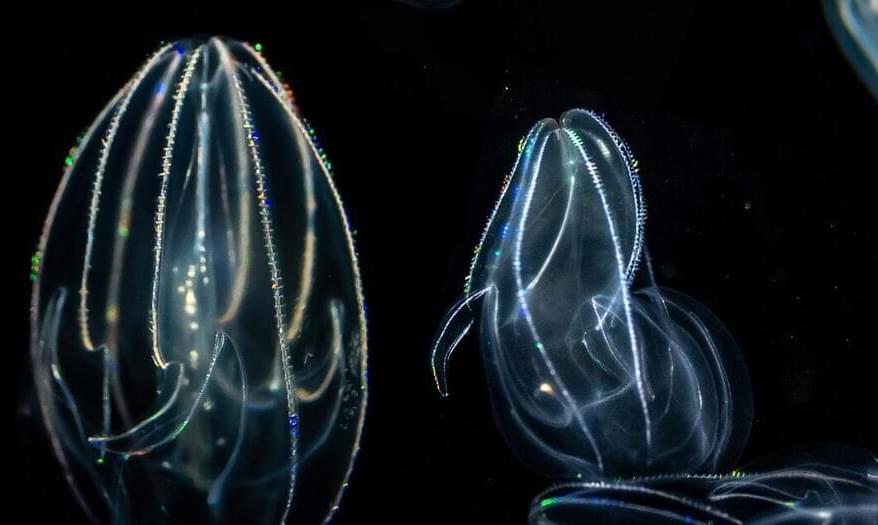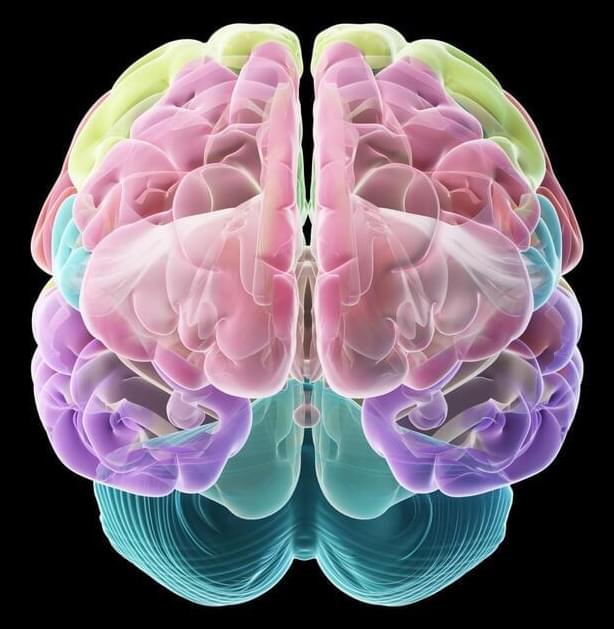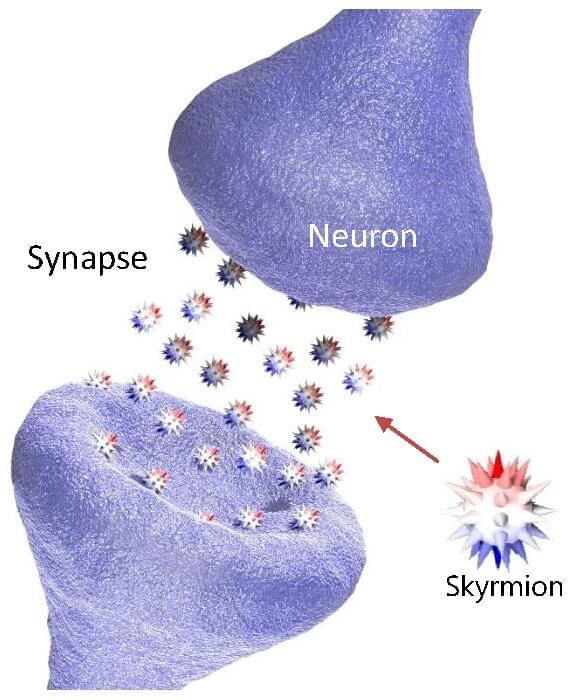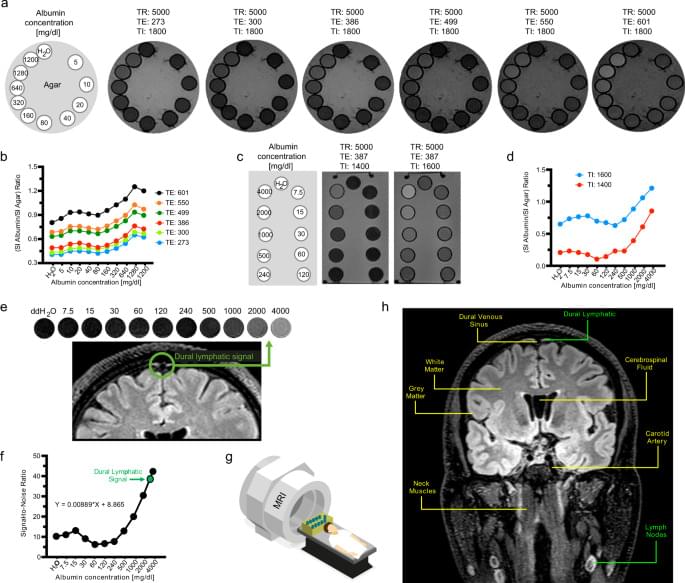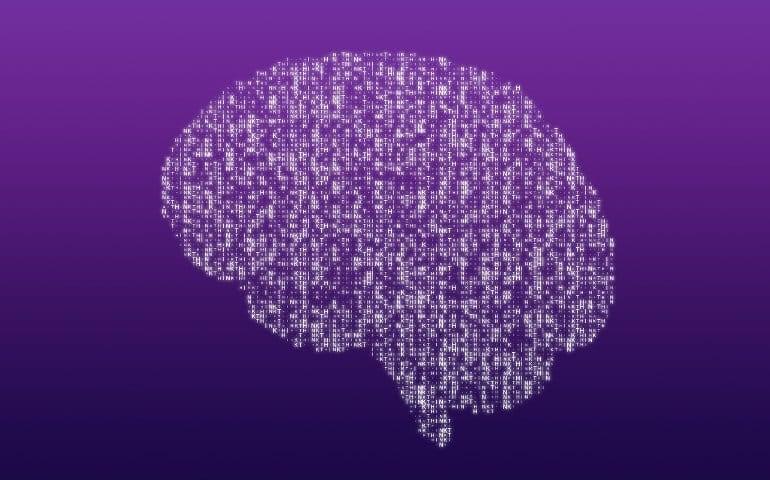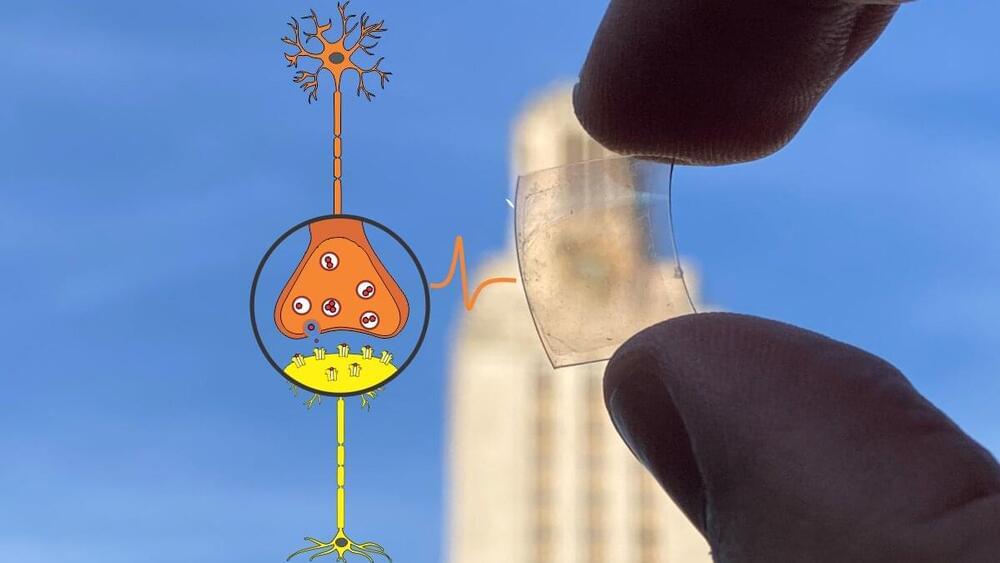This article tells of possible way to increase brain intelligence through a certain mutation which in theory could be altered for biological singularity like effects in the future.
Humans carrying the CORD7 (cone-rod dystrophy 7) mutation possess increased verbal IQ and working memory. This autosomal dominant syndrome is caused by the single-amino acid R844H exchange (human numbering) located in the 310 helix of the C2A domain of RIMS1/RIM1 (Rab3-interacting molecule 1). RIM is an evolutionarily conserved multi-domain protein and essential component of presynaptic active zones, which is centrally involved in fast, Ca2+-triggered neurotransmitter release. How the CORD7 mutation affects synaptic function has remained unclear thus far. Here, we established Drosophila melanogaster as a disease model for clarifying the effects of the CORD7 mutation on RIM function and synaptic vesicle release.
To this end, using protein expression and X-ray crystallography, we solved the molecular structure of the Drosophila C2A domain at 1.92 Å resolution and by comparison to its mammalian homolog ascertained that the location of the CORD7 mutation is structurally conserved in fly RIM. Further, CRISPR/Cas9-assisted genomic engineering was employed for the generation of rim alleles encoding the R915H CORD7 exchange or R915E, R916E substitutions (fly numbering) to effect local charge reversal at the 310 helix. Through electrophysiological characterization by two-electrode voltage clamp and focal recordings we determined that the CORD7 mutation exerts a semi-dominant rather than a dominant effect on synaptic transmission resulting in faster, more efficient synaptic release and increased size of the readily releasable pool but decreased sensitivity for the fast calcium chelator BAPTA.

